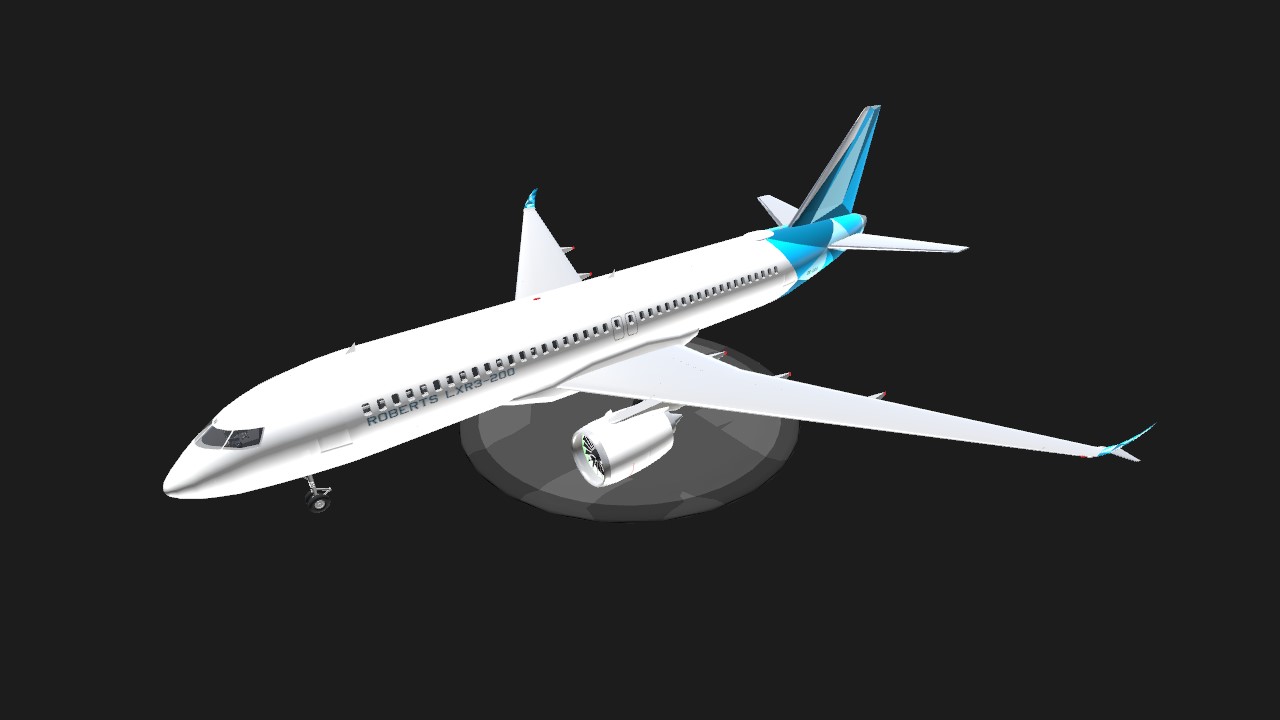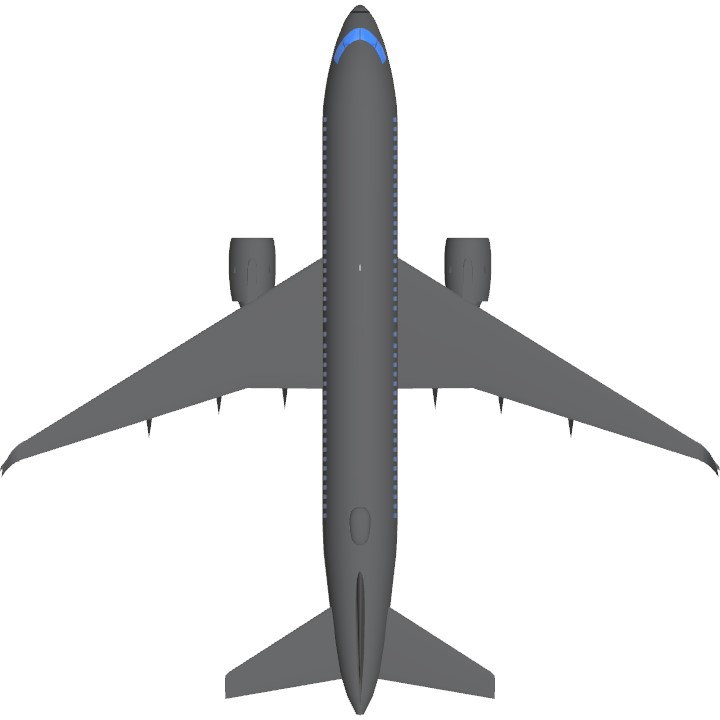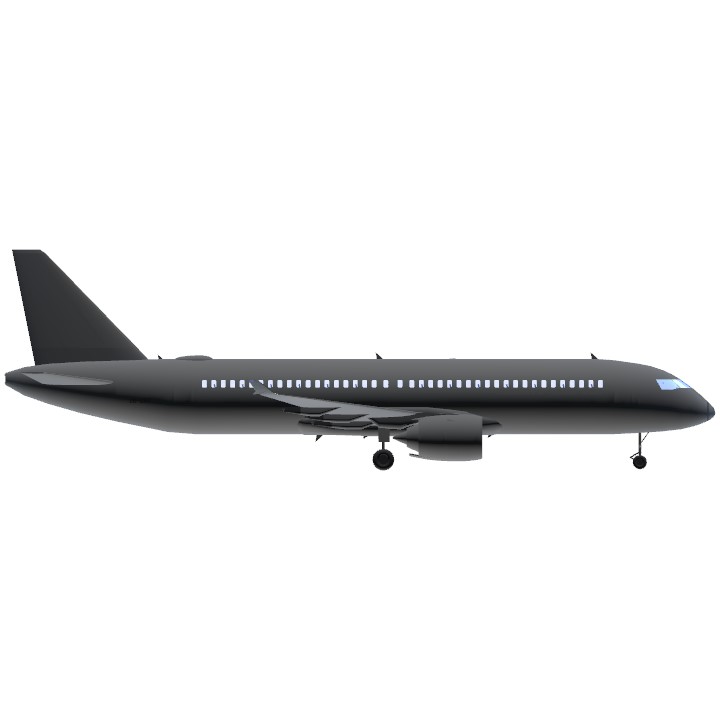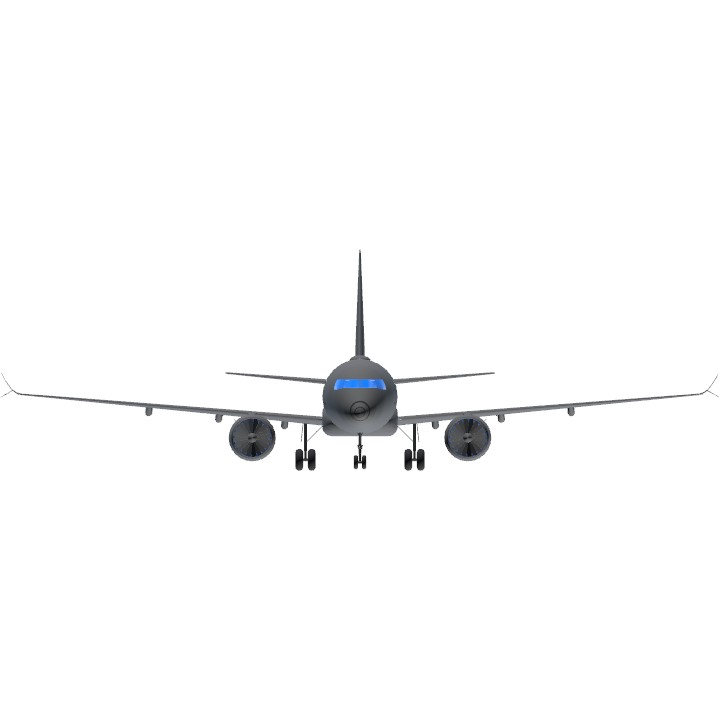Our most advanced aircraft yet.
image
Development
New Narrowbody Airliner
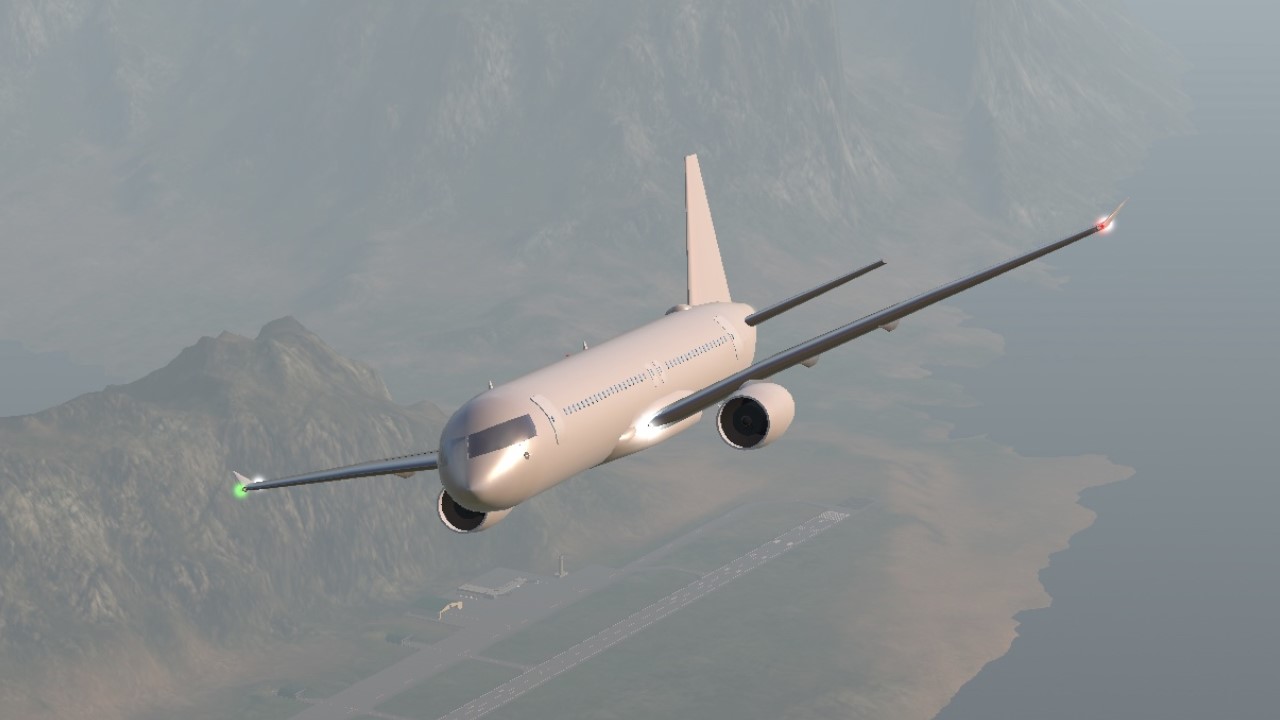 Roberts LXR2-200
Roberts LXR2-200
After the initial release of the LXR2 series, I continued development of the aircraft, making improvements where we could. I began by completely redesigning the wing of the LXR2-200, initially naming the project as the ‘LXR2-200 Rework’. This was changed soon after to the LXR2-500. Further changes, however, meant more parts were replaced and modified, reaching the point where the LXR2-500 became a completely different aircraft to the previous generation, now known the LXR3-200. The only parts that have remained unchanged are some fuselages blocks around the wing base, and front cargo door.
Testing
Extensive testing helped me understand how the aircraft behaved when airborne, how existing components could be modified and improved, and if new ideas would work as expected or not.
Comparison to LXR2
Overall, the LXR3-200 is far more advanced than any LXR2 model.
Improvements:
- Nose Cone
- Cockpit
- Landing Gear
- Wing Airfoil
- Split Blended Winglets
- Engines
- Flaps
- Doors
- Windows
- Controls and Inputs
New features:
- APU
- ILS
- Passenger Cabin
- FPV Walker
- Controls and Inputs
- Slats
Blueprints
Design
Exterior
One of the biggest changes for this aircraft is the shape of the nose cone. It was extended at first, but later it was discovered during development that some parts weren’t positioned correctly, and realigning them would potentially cause further issues. Instead, I removed the half-finished cockpit, and rebuilt the nose around a 787 blueprint. The windows are brand-new, and larger than the Concorde-like windows on the LXR2. The wing cross section is thinner with a new airfoil shape, the winglets have been refined, blended into the wing, and
Interior
Cabin
The LXR3-200 includes a full passenger cabin, with lights, 28 rows of 3-3 seating (168 seats total), and an FPV walker.
Cockpit
Cockpit
After two average cockpit designs, I knew that this time, I had to get it right. The production LXR2 cockpit was an evolution of the prototype, but for the LXR3, I decided to work from the ground up, and inspiration from real aircraft, such as the A320 and 737.
Final Thoughts
10 months of work, and I'm proud of the result. This is also sort of a celebration for reaching Platinum and my 3 year anniversary on the website, so a shout-out to my first upvoters:
KittyHawk208 (now StockPlanesRemastered)
fifoip
And to the users who got me over the line to Silver, Gold, and Platinum:
Silver: Ren
Gold: WINGSIRONOFICIAL (now WINGSIRONAVIATION)
Platinum: MosquitowithaMachineGun (now IAmSteve)
Also thanks to everyone else that has upvoted, or has done something else that I appreciated.
Future projects
Despite the amount of work that has gone into this, I'm not slowing down. I'm already working on a brand new project. I won't tell you what it is yet, but stay tuned!
Gallery
Credits
Dissent3R/CaptainNoble
I modified their Optimized Seats for the passenger cabin.
GalacticaAsia
They gave me important advice on Performance Cost (you can find it in the first progress report), and helped with adjusting the slats.
RealSavageMan
PlanariaLab
GuyFolk
The map is from their Wasp-B.
SARACONIKaviationIndustry
Specifications
General Characteristics
- Predecessor Roberts LXR3-200
- Created On iOS
- Wingspan 125.2ft (38.2m)
- Length 123.6ft (37.7m)
- Height 38.4ft (11.7m)
- Empty Weight N/A
- Loaded Weight 79,050lbs (35,856kg)
Performance
- Power/Weight Ratio 2.047
- Wing Loading 41.6lbs/ft2 (203.1kg/m2)
- Wing Area 1,900.2ft2 (176.5m2)
- Drag Points 5384
Parts
- Number of Parts 1872
- Control Surfaces 9
- Performance Cost 5,706

